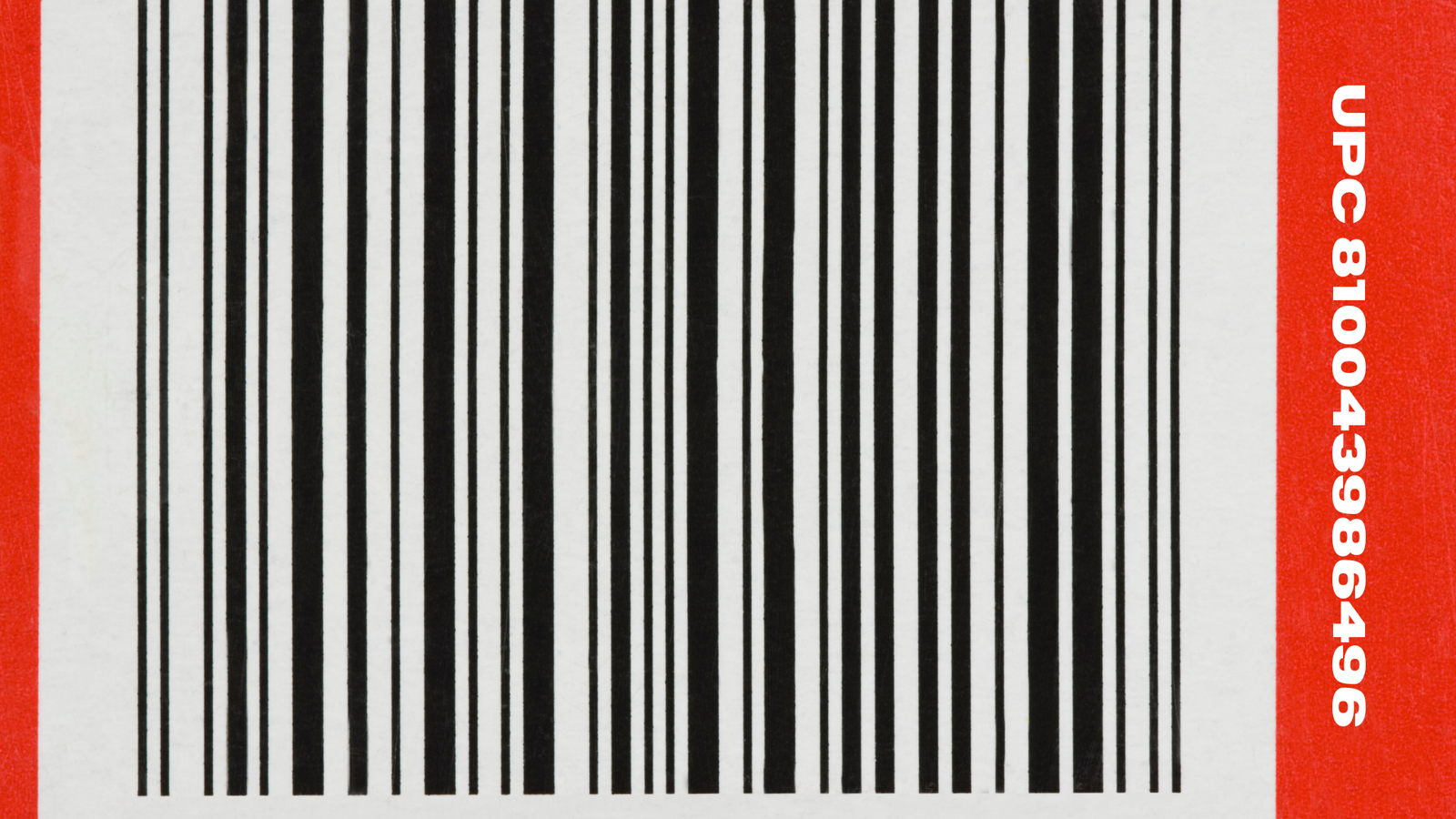In today’s globalized retail environment, UPC (Universal Product Code) is an essential tool for product identification, inventory management, and streamlining consumer transactions. UPC 810043986496 is no exception and serves as a unique identifier in this global system. Understanding the structure, significance, and application of this UPC helps not only businesses but also consumers navigate the fast-paced world of retail and e-commerce.
What is a UPC?
A UPC is a 12-digit barcode that is universally used to track products in the retail space. It consists of three parts:
- Manufacturer Identifier: This segment identifies the company that manufactured or distributed the product. For UPC 810043986496, the prefix “8100” represents the company or brand responsible for this product, assigned by the GS1 organization, which manages UPC standards globally.
- Product Identifier: The next set of digits uniquely represents a specific item within the manufacturer’s catalog.
- Check Digit: The final digit is a check digit used to ensure the code was scanned correctly, minimizing errors during transactions.
The Significance of UPC Codes
UPC codes are critical for businesses in multiple aspects:
- Inventory Management: UPCs allow businesses to track their inventory in real-time. Every time a product is scanned at checkout, inventory levels are updated automatically. This helps businesses avoid stockouts or overstock situations, ensuring optimal stock levels.
- Product Authenticity and Brand Protection: For consumers and businesses alike, UPCs verify the authenticity of products. UPC 810043986496, like other UPCs, acts as a safeguard against counterfeit goods by ensuring that the product sold matches the manufacturer’s records.
- Global Reach: UPCs, including UPC 810043986496, are part of a global system that allows businesses to sell their products across borders without confusion. They standardize product identification, ensuring efficient management in both physical stores and online platforms.
Product Associated with UPC 810043986496
UPC 810043986496 is linked to a VTech Kidizoom Smartwatch DX, a popular children’s gadget. This product is designed for kids aged 4 to 9 and offers a combination of educational games, fitness tracking, and creative tools such as a built-in camera for photos and videos. Some key features include:
- Educational Games: Engages children in learning while keeping them entertained.
- Fitness Tracker: Promotes physical activity by tracking steps and offering fitness challenges.
- Camera Functionality: Allows children to explore their creativity by taking pictures and recording videos.
- Customizable Watch Faces: Provides a personalized experience.
How UPC 810043986496 is Used in E-Commerce
UPCs like 810043986496 play a pivotal role in the e-commerce world:
- Accurate Product Listings: Retailers and marketplaces such as Amazon, Walmart, and eBay use UPCs to list products accurately. This makes it easier for customers to search for and purchase the exact item they need.
- Price Comparisons: UPCs enable consumers to compare prices from different retailers, ensuring they get the best deals. By searching for a specific UPC, buyers can view listings across various platforms, check reviews, and confirm product specifications.
- Inventory and Supply Chain Management: For businesses, UPCs simplify the supply chain by tracking the movement of products from the manufacturer to the retailer. This ensures that products are always available for consumers without delays or shortages.
Future Trends in UPC Technology
Although UPCs have been around for decades, technological advancements are starting to influence how they are used:
- RFID Technology: Radio Frequency Identification (RFID) offers an upgrade to traditional UPCs by allowing products to be tracked more efficiently. RFID tags can store more data and can be scanned remotely, without requiring direct line-of-sight.
- Blockchain Integration: With the rise of blockchain technology, UPCs may be used in conjunction with blockchain records to provide an immutable trail of a product’s journey through the supply chain. This enhances trust, prevents fraud, and ensures transparency.
- Smart Labels and AI: Some companies are now experimenting with smart labels that include sensors to track the condition of products in transit. Additionally, AI algorithms are being used to predict demand and optimize inventory management based on the data gathered from UPCs.
Challenges in Managing UPCs
Despite their usefulness, managing UPCs requires vigilance:
- Duplicate UPCs: Sometimes, businesses mistakenly assign the same UPC to different products, leading to confusion and errors in sales tracking.
- Incorrect Listings: If a UPC is associated with the wrong product, it can result in customer dissatisfaction, returns, and poor reviews.
- Regular Audits and Updates: For businesses to maintain accurate listings, they must regularly audit and update their databases to reflect new products and changes in stock.
Conclusion
UPC 810043986496 is more than just a number; it represents an essential tool for the efficient operation of modern commerce. From ensuring product authenticity to streamlining inventory management and supporting e-commerce operations, UPCs like this one are critical to business success. As technology continues to evolve, so will the role of UPCs, integrating with advanced systems such as RFID, blockchain, and AI to further enhance global trade and retail efficiency.

